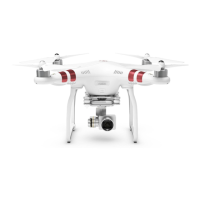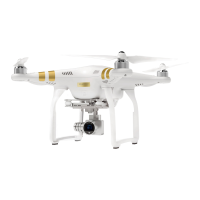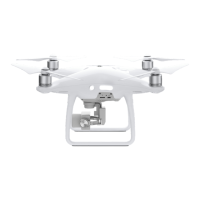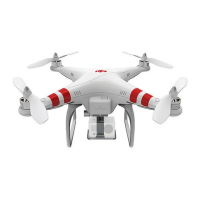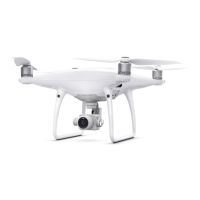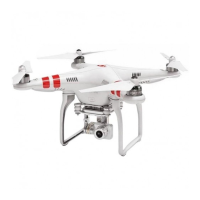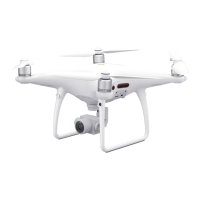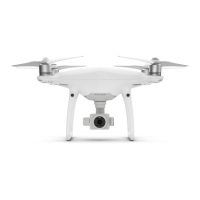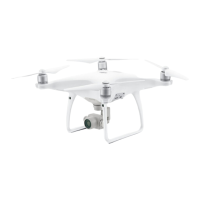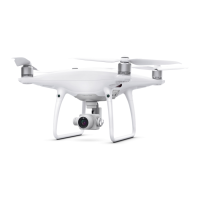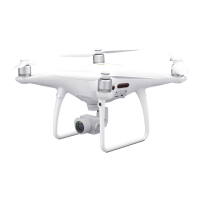Call “Taking Off” and start the motors (Move the left transmitter stick to bottom right)
Take a final look above the aircraft and power up to ¾ power (Use a steady progressive movement)
Climb to approximately 2 metres and reduce power to hover
Test yaw and cyclic controls (Use small gentle movements and ensure aircraft reacts correctly)
Engage position and altitude hold to test function (Aircraft should hold position and altitude)
Check battery status and number of satellites being tracked
Call “Camera Free” to advise payload operator that the payload can now be moved
Confirm with observer that the planned flight operation is still good to go ahead
32.3. In-flight Procedure
The following procedure is to be completed by the Pilot-In-Command and observer
Pilot-In-Command to keep aircraft within the 500 metre wide and 400 feet height bubble
Pilot-In-Command to maintain primary focus on the aircraft and immediate surroundings
Pilot-In-Command to monitor basic telemetry from aircraft when safe and appropriate
Pilot-In-Command to maintain communications with the Observer at all times
Pilot-In-Command to follow instruction from payload operator if safe to do so
Observer to monitor telemetry, flight battery voltage, satellites tracked, altitude etc.
Observer to give Pilot-In-Command continuous feedback of flight battery voltage
Observer to maintain visual lookout for public encroachments and airspace incursions
32.4. Landing Procedure
The following procedure is to be completed by the Pilot-In-Command, observer and payload operator
Pilot-In-Command to advise Observer of intention to land
Observer to visually check landing area to ensure it is safe to land
Pilot-In-Command to fly directly to landing site and hover at approximately 2 metres facing into wind
Payload Operator to ensure payload is stowed for landing and call “Camera Safe”
Pilot-In-Command to take a final look below the aircraft and call “Landing”
Pilot-In-Command to reduce power and land the aircraft (Be aware of ground effect)
32.5. Shut-down Procedure
The following procedure is to be completed by the Pilot-In-Command
Upon touchdown stop the motors (Move the left transmitter stick to the bottom left corner)
Approach the aircraft, disconnect the flight battery pack and call “Aircraft Safe”
Check and note the time
Switch off the Aircraft Control Transmitter
Check Flight Battery Pack Level with Battery Checker
Fill in Pilot / Aircraft Hours and Battery Logbooks
33. Emergency Procedures
Below is a list of Emergency Procedures for various scenarios which should be adhered to by the Leicester
Drones Pilot-In-Command. Spotters may need to utilise two way radios to ensure that their calls can be
heard by the rest of the crew. Any emergency situation should be recorded in the Aircraft Hours Logbook
under the “notes” section. Refer to Section 10 for Incident Handling Procedures.
FAIL SAFE PROCEDURE: Upon activation of the ‘fail safe’ function the aircraft will hold position and altitude
for three seconds, the aircraft will then climb to 20 metres if lower or remain at current altitude if higher
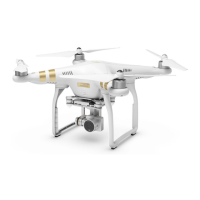
